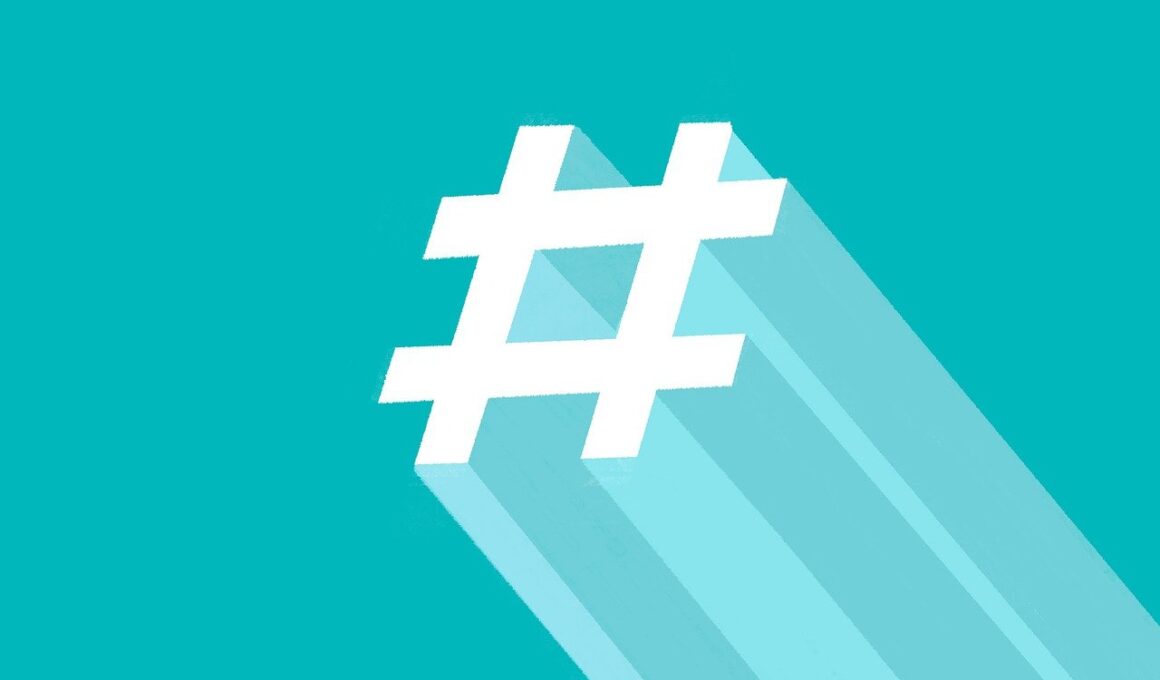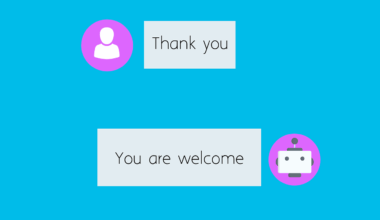Cross-Platform Hashtag Scheduling and Automation Tips
Hashtags are vital for increasing visibility on social media platforms, especially when targeting diverse audiences. However, managing hashtags across multiple platforms can become overwhelming. To streamline your hashtag strategy, consider creating a dedicated spreadsheet. This spreadsheet can track various hashtag categories, their performances, and relevant metrics. Group hashtags based on themes or campaigns, making it easier to select the right tags for specific posts. Utilizing social media management tools can significantly enhance your workflow. Tools like Buffer, Hootsuite, or Later allow you to schedule posts across different platforms efficiently. Look for these features: hashtag auto-suggestion, scheduling, and analytics tracking. Regularly analyze the performance of your hashtags on each platform to determine which tags are most effective. This data will inform future strategies, allowing for more effective targeting of your audience. Moreover, engage with trending topics by utilizing tools such as Google Trends or Exploratory Hashtags. By staying updated with current trends, you can craft timely and relevant content. This not only ensures increased visibility but also boosts engagement rates on your posts. Keep experimenting to find the perfect combination of hashtags for your needs!
In addition to using a spreadsheet, integrating automation software can further enhance your hashtag management. Automation software can streamline posting during peak engagement hours on platforms like Instagram or Twitter. This not only saves time but also ensures your content reaches the maximum audience possible when they are most active. For instance, platforms such as Sprout Social enable users to automatically suggest trending hashtags based on your content. Experiment with various hashtag combinations to identify which resonate best with your audience. Also, ensure to avoid overloading your posts with hashtags. A focused approach, such as using three to five relevant hashtags, typically leads to better engagement than excessively using twenty. Monitor relevant analytics to determine the effectiveness of your hashtags and adjust accordingly. It’s equally important to stay within platform guidelines when using hashtags. For example, Instagram allows up to thirty hashtags; however, using excessive hashtags on Twitter may appear spammy. Develop a unique hashtag for branded campaigns, making it memorable for your audience. Encourage followers to use this hashtag creatively, which can foster a sense of community and strengthen your brand identity.
Leveraging Analytics for Hashtag Performance
Analytics play a crucial role in refining your hashtag strategies. Most platforms provide built-in analytics tools that give insights into post performance, engagement metrics, and trending hashtags. Reviewing these metrics can highlight which hashtags deliver the most engagement. Analyze how different hashtags perform in relation to various content types, such as images, videos, or stories. For example, user-generated content often performs better with specific hashtags that resonate well with the target audience. You can also utilize third-party analytics tools like Hashtagify or RiteTag to gain deeper insights into your hashtag strategies. These tools evaluate hashtag popularity, usage trends, and suggest complementary tags for your posts. Regular reviews of your hashtag performance help to identify strengths and weaknesses in your current strategy. Track the engagement patterns over time to hone in on the most successful hashtags. Ensuring your hashtags align with your goals is vital, whether aiming for brand awareness, engagement, or conversions. Always keep your niche in mind and adapt your strategies based on performance data collected.
Seasonal content can also play a significant role in your hashtag strategy. With holidays, events, or trending topics occurring throughout the year, you can craft timely posts to enhance engagement. Create seasonal hashtag categories in your spreadsheet, allowing for easy access to relevant tags during specific times. Consider leveraging popular events like Black Friday, Christmas, or global events such as Earth Day to design promotional content. Engaging with current events through targeted hashtags can position your brand as dynamic and connected to popular culture. However, ensure that your approach remains authentic and not overly opportunistic, as followers can sense inauthenticity. Combining your branded hashtags with trending ones can further widen your reach. Staying organized with a content calendar can help visualize upcoming events and ensure timely posts. By aligning your hashtag usage with seasonal content, you maintain relevance and increase your chances of audience engagement. Utilize your analytics insights to measure how effective these seasonal hashtags were, ensuring to adjust future strategies accordingly. Learning from past performance can inform better content planning in the next cycle, maximizing your social media presence.
Creating Engaging Hashtag Campaigns
Engaging campaigns are essential for maximizing your hashtag effectiveness. Encourage your followers to participate by creating campaigns that promote user-generated content. Set up contests or challenges that motivate users to create their own content using a specific hashtag associated with your brand. This not only increases engagement but also builds a community around your products. Consider collaborating with influencers who resonate with your brand for wider reach. Merging your hashtags with their audience can expand your brand’s exposure. Always engage with users participating in your campaigns, acknowledging their contributions to strengthen community ties. Share user-generated content on your main feed to encourage more followers to join in, creating a cycle of engagement. Creating dynamic visual content to accompany your hashtags can also raise interest. Whether it’s videos, image posts, or stories, ensure the visuals capture attention and relate closely to the campaign theme. Experiment with different content formats to find what resonates best with your audience. In this way, your hashtag campaigns will flourish, gradually establishing a loyal audience and enhancing brand presence across social platforms.
Consistency is paramount when implementing a cross-platform hashtag strategy. Understanding that different platforms cater to various audience behaviors will help refine your approach. Tailor your hashtags according to platform-specific trends, ensuring relevance and engagement rates remain high. For example, hashtags that perform well on Twitter may not resonate the same on Instagram or TikTok. Maintain a balanced approach by using a mix of popular and niche hashtags. Popular hashtags can garner immediate attention, while niche ones often provide more engagement from focused audiences. Regularly schedule time to analyze post performance and audience engagement. This practice helps identify what works and what doesn’t across platforms, allowing you to pivot accordingly. Utilize an editorial calendar to plan out posts with specific hashtags attached, ensuring timely and strategic outreach. Keeping up with best practices and current trends will solidify your strategy. Adapting and optimizing on-the-go is the key to maintaining effective hashtag utilization and fostering audience connection. Ultimately, your aim should always be to engage meaningfully and build an online presence that leads to your business goals.
Future Trends in Hashtag Usage
As social media continues to evolve, staying ahead of hashtag trends becomes necessary. New platforms and features emerge, providing both challenges and opportunities within your hashtag strategy. Consider exploring new formats and interactive content types. For instance, platforms like TikTok have shifted the way hashtags are perceived, focusing on trends rather than traditional usage. Video content is increasingly integrated with hashtag strategies; creating catchy video challenges can drive your campaign’s popularity. Additionally, the rise of voice search and audio content implies that hashtags are likely to morph further. Explore how incorporating voice recognition technology might affect hashtag relevancy. Think about how to adapt your strategy to remain relevant amidst changing technology. Regularly updating your hashtag dictionary according to what’s trending can keep your engagement high. As these platforms gain popularity, monitoring similarities in hashtag patterns across diverse channels is wise. Leverage tools that allow cross-platform analysis for relevant insights. Always be open to testing new strategies while staying true to your brand’s identity. Keeping an eye on future trends will ensure that you remain a relevant entity within the social media landscape.
Integration of visuals is also essential to enhance your hashtag usage. Engaging posts that include striking images or videos often perform better than text-only posts. This means accompanying your hashtags with eye-catching visuals is critical. Consider using aesthetic images, captions, and hashtags relevant to your brand and content. Consistency in your visual style helps build recognition across platforms while maintaining audience attention. Ensure selected images convey your message effectively, resonating with your audience’s emotions. For example, a travel brand may use breathtaking landscapes, while a fashion label can showcase beautiful outfits. Complementing images with appropriate hashtags can amplify the reach and effectiveness of your posts. Regularly conduct A/B testing to find which visuals perform best alongside your hashtags. Explore various formats such as infographics, carousel posts, or directly engaging stories to diversify your content. This dynamic approach can appeal to a broader audience and enables better engagement opportunities. Ultimately, integrating visual strategies into your overall hashtag approach will enhance your efforts, fostering community interaction, and promoting your brand identity across different social media platforms.


